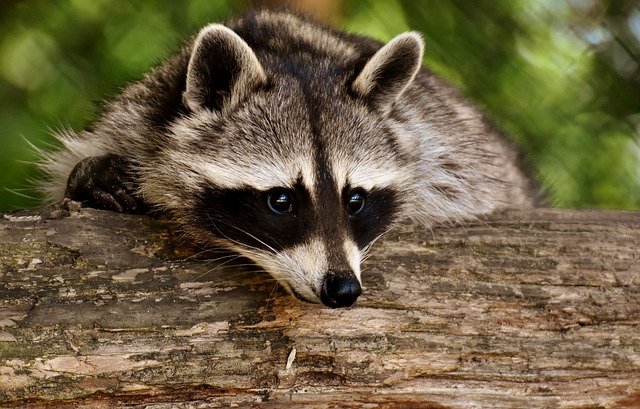
The Fascinating World of Animal Adaptations: Surviving and Thriving in the Wild
Animals have evolved over millions of years to survive and thrive in their respective environments. From the Arctic tundra to the depths of the ocean, animals have adapted to their surroundings in incredible ways. Here are some fascinating examples of animal adaptations:
Camouflage
Many animals, such as chameleons, octopuses, and arctic foxes, use camouflage to blend in with their surroundings. This allows them to hide from predators or sneak up on prey. Some animals can even change their color or texture to match their environment.
Mimicry
Some animals, such as the harmless scarlet king snake, have evolved to look like their more dangerous counterparts, such as the venomous coral snake. This helps them avoid predators who mistake them for a dangerous animal.
Hibernation
During the winter months, some animals, such as bears and groundhogs, hibernate to conserve energy. Their body temperature drops, and they slow down their metabolism, allowing them to survive on stored fat until spring.
Migration
Many birds, fish, and mammals migrate to different parts of the world to find food and breed. For example, monarch butterflies travel thousands of miles from Canada to Mexico each year, while humpback whales migrate from Antarctica to Hawaii to mate and give birth.
Echolocation
Bats and dolphins use echolocation to navigate and find food. They emit high-pitched sounds and listen for the echoes that bounce back, allowing them to determine the location and size of objects around them.
These are just a few examples of the incredible adaptations that animals have developed to survive and thrive in their environments. Studying these adaptations can help us better understand the natural world and the importance of preserving it.

All images are taken from the Pixabay.com
